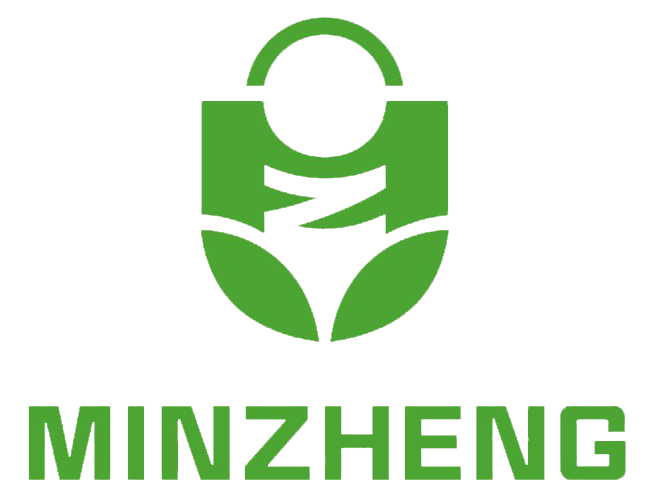In 2025, a number of technological innovations emerged in the field of paper handicrafts, covering four major directions: materials science, intelligent production, intangible cultural heritage inheritance, and cross-border integration. The specific technological breakthroughs and industry trends are as follows:
I. Breakthroughs in Materials Science: Biomass-based Materials Reshape the Performance of Paper Handicrafts
High-strength composite materials
The aramid paper-based material developed by Shaanxi University of Science and Technology has achieved industrial application of paper-based composite materials in high-end manufacturing through high-performance fiber innovative reinforcement technology. This material combines lightweight and high strength characteristics and has been applied in aerospace, electronic packaging and other fields, promoting the transformation of paper handicrafts from decorative to functional.
Environmentally friendly and degradable materials
Hebei Qian ‘an Mulberry Bark Paper Culture Communication Co., Ltd. uses local mulberry bark and, through 72 ancient processing procedures combined with modern biological enzyme modification technology, produces mulberry bark paper with a tensile strength increase of 40%. Its characteristic of remaining intact in water for 24 hours makes outdoor applications such as paper lanterns and cultural and creative packaging possible.
Intelligent response materials
The photochromic cellulose-based material developed by Beijing Forestry University enables paper handicrafts to automatically change color under light by combining nanocellulose with photosensitive molecules. This technology has been applied to the paper-cut lanterns of the Palace Museum’s cultural and creative product “A Thousand Miles of Rivers and Mountains”. Users can control the color of the lights through a mobile phone APP to enhance the interactive experience.
Ii. Intelligent Production Technology: Digitalization Empowers traditional craftsmanship
Ai-assisted design system
The “Intangible Cultural Heritage +AI” Art Laboratory of Chancheng District has launched an AI paper-cutting pattern generation platform. Users can input keywords to automatically generate patterns that conform to the traditional paper-cutting style. This system, through deep learning analysis of the Foshan paper-cutting database, has increased design efficiency by 80% and reduced the rate of copyright disputes by 90%.
3D printing and laser cutting
The 3D printing technology for paper honeycomb structures developed by Qilu University of Technology achieves the one-time formation of complex geometric shapes by optimizing the viscosity of the pulp and the printing path. This technology has been used to make paper furniture that can bear a weight of 10kg, reducing the weight by 60% compared to traditional wooden furniture.
Robot automated production line
The intelligent paper waste sorting system launched by Valmeet utilizes machine vision and robotic arms to automatically separate plastic and metal impurities from waste paper, increasing the recovery rate to 99.5%. This system has been applied in several paper mills in Finland, reducing carbon emissions by 12,000 tons annually.
Iii. Inheritance and Innovation of Intangible Cultural Heritage: Integration of Traditional Skills and Modern Technology
Digital transformation of intangible cultural heritage workshops
The mulberry bark paper industrial park in Moyu County, Xinjiang, has introduced a VR papermaking experience system. Tourists can immerse themselves in eight processes including peeling, steaming and papermaking through virtual reality devices. In the three months since its launch, the system has attracted over 50,000 tourists and increased the per capita monthly income of the surrounding villagers by 800 yuan.
The training model for intangible cultural heritage inheritors
The Hangzhou Museum of Arts and Crafts has collaborated with the Home for the Disabled in Xihu Sub-district to develop an AR teaching system for paper rolling skills. Disabled trainees have seen their learning efficiency increase by three times by watching 3D operation instructions through smart glasses. So far, 23 trainees have mastered the skills of making complex works such as “vegetable baskets”.
Cross-border operation of intangible cultural heritage ips
Zhaoqing Zhilu Cultural Industry Co., Ltd. has launched the “Yuelu Paper” intangible cultural heritage digital collectible, transforming 20 processes of the ancient papermaking method in Sihui into NFT artworks. This series of collectibles was sold out within three minutes after being issued on the blockchain platform, raising over 2 million yuan for the inheritance of intangible cultural heritage.
Iv. Industry Trends and Market Dynamics
Green and low-carbon have become the core competitiveness
Data from the 2025 International Papermaking Technology Report Conference shows that in the technological investment of global papermaking enterprises, the utilization of biomass energy accounts for 45%, and digital and intelligent technology accounts for 32%. The biomass boiler launched by Valmet of Finland has reduced the energy consumption of papermaking by 30% and has been applied in 50 factories worldwide.
The market for cultural and creative products has seen explosive growth
According to statistics from the China Paper Society, the sales of paper-based handicrafts and cultural and creative products increased by 67% year-on-year in the first half of 2025. Among them, AR interactive paper-cut lamps and degradable paper tableware have become popular categories. The monthly sales of the laser ticket of the Palace Museum’s cultural and creative product “Pretending to be a Student with Poor Grades” exceeded 500,000.
The policy support has been continuously strengthened
The Ministry of Culture and Tourism of the People’s Republic of China’s “Notice on Promoting the In-depth Integration and Development of Intangible Cultural Heritage and Tourism” clearly states that a research and development subsidy of up to 5 million yuan will be provided for intangible cultural heritage projects such as paper handicrafts. The mulberry bark paper industrial park in Moyu County, Xinjiang has received a special fund of 12 million yuan to build a museum of intangible cultural heritage and a research and study base.


